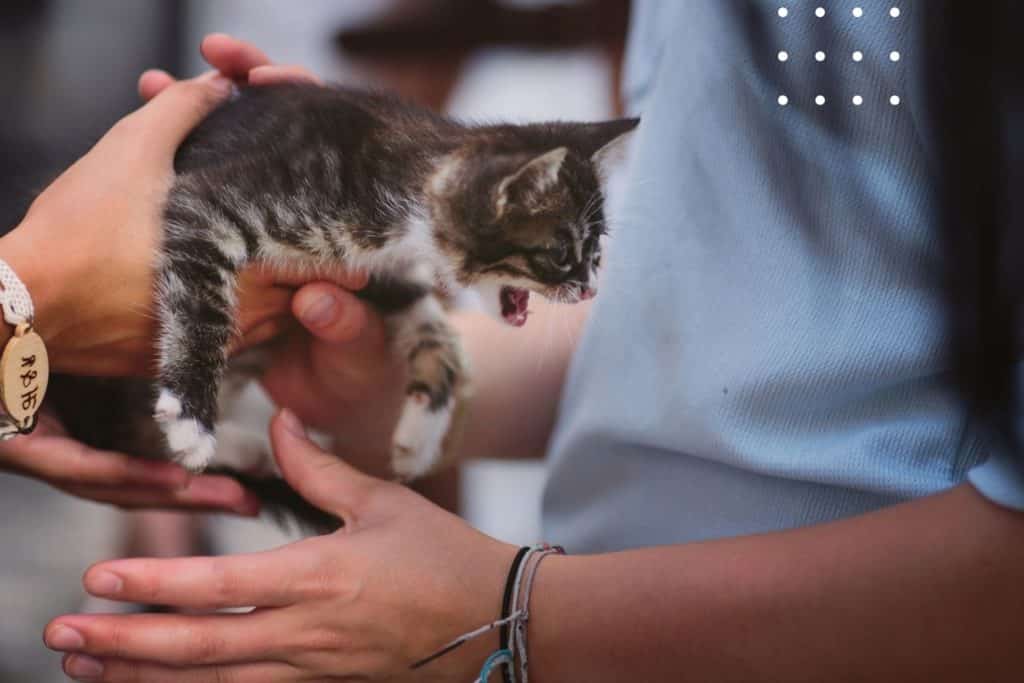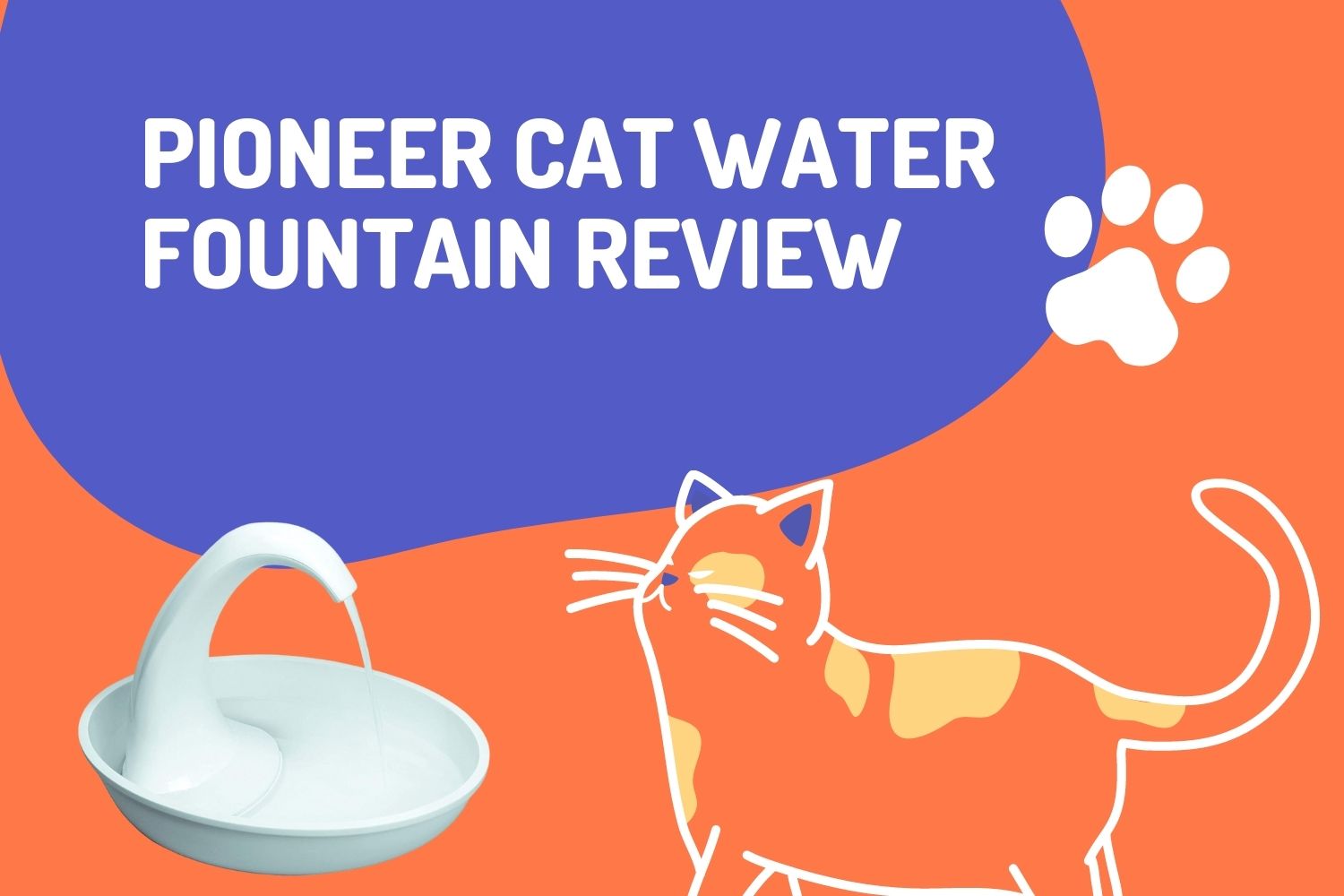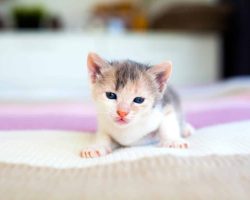
Considering how well-maintained and independent cats are, you’d think that they’d do a good job keeping themselves well-hydrated. Yet, cats are some of the most finicky water drinkers in the animal kingdom.
As a cat owner, it’s your job to make sure your cat doesn’t dehydrate itself to sickness. How do you do it? Short of giving your picky cat an IV of fluids, the best trick is to set a bowl of freshwater every day and hope your cat drinks water. Yet, we all know it’s not as easy as that.
Here, we’ll discuss the five best ways to keep your cat hydrated and happy.
1. Understand Bowl Science
A lot of thought goes into picking the suitable bowl for a cat.
Let’s consider the height of the bowl. Too deep, your cat might risk dipping their whiskers into the water, which isn’t comfortable. Too shallow, and they may not be able to get enough water to last them eight hours. The water bowl has to be deep enough so that your cat can scoop enough water with their tongue without letting their whiskers touch the water.
Also, the bowl should be of a suitable material. Plastic leaves a funny taste in water, and cheap quality steel also lends an artificial flavor. Instead, use high-quality stainless steel bowls, or better yet, ceramic. Ceramic and stainless steel bowls do not emit any smells and are much more durable than your average water bowl.
Also, think about how many bowls your cat can drink from. A rule of thumb is to have a fresh bowl of water in each room they frequent. The water should be available wherever they go and fresh, with no strands of hair or dust floating on top. The bowl must be washed every eight hours and refilled.
Also, when placing the bowl in your home, keep it as far away from the food bowl as possible. Cats are hunters and foragers; they won’t drink water from the same source as their food. Allow them to hunt for their bowls.
2. Add a Water Feature to the Mix
And by that, we mean a water fountain!
Water fountains keep the water flowing all day, thus eliminating any need to replace the water. The bubbling movement and circulation also give the water a fresh taste, which mimics the taste of water cats often find in the wild, which appeals to their animal nature.
Water fountains don’t cost that much and are relatively easy to clean with a dishwasher. But even if not, it’s not so bad that you’ll need to replace any components now and then. For anyone new to different electronic features for cat care, the water fountain works well as an easy device to start with.
3. Mix Wet Food with Dry Food
You can bring a horse to water, but you can’t make it drink!
If your cat is still resisting water to the best of its abilities, it’s time to be sneaky. Water is the main ingredient in wet food, so mix it with their favorite dry food.
We recommend using dry food as a treat instead of as the primary food option. However, if your cat loves dry food, start by introducing wet food slowly with the dry and then increase the amount each day. With such tricks, try to experiment as little as possible with flavors. Stick to tuna if your cat loves tuna, and use other flavors as treats. But even then, use wet treats instead of dry. You’ll want to keep that moisture content coming.
Bonus Point: If your cat doesn’t take to wet food instantly, one thing that always works is the broth. Bone or chicken broth is a miracle worker and is delicious to boot. Keep it free of salts and any other ingredients. Stick to only water and the chicken or bone content, and serve it lukewarm.
Cats sometimes have sensitive palettes. Be patient when using bone broth and use that as the base for your wet-and-dry food mixes.
4. Accept Your Cat’s Drinking Quirks
You’ll have the most expensive bowl for your cat, but you’ll still prefer to drink water from the leaky faucet. While an annoying quirk, this trait is a sign that your cat at least likes drinking water, so why not embrace it?
Cats are known for their less than conventional methods of living life. If your cat prefers to drink from running water from a faucet (or even the tub!), you will want to give up and start letting your cat drink. It may be that your cat prefers the taste of the tap water or may even just like streaming water. Here’s where the fountain comes in handy.
Move that water from your cat’s favorite spot into the bowls and try shifting their attention from the faucets to the bowl. And do so in front of them to pique their curiosity.
5. Ask for Professional Recommendations
Who could know better about dietary recommendations than a board-certified, professional veterinarian!
If you’ve run out of ideas and creativity on keeping your cat hydrated and know your cat needs water, book an appointment with your cat’s vet. Often, cats dehydrate themselves because they either don’t like the water or have an underlying health condition.
It might be worth having the vet take a look at your cat. They’ll rule out any health conditions and provide the proper recommendations depending on your cat’s age, health, and taste.
Conclusion
You’re in charge of your cat’s health and well-being. Do the best you can to take care of your cat and keep them hydrated and healthy. Your cat might not show it, but they’ll be thanking you for giving them so much love!






